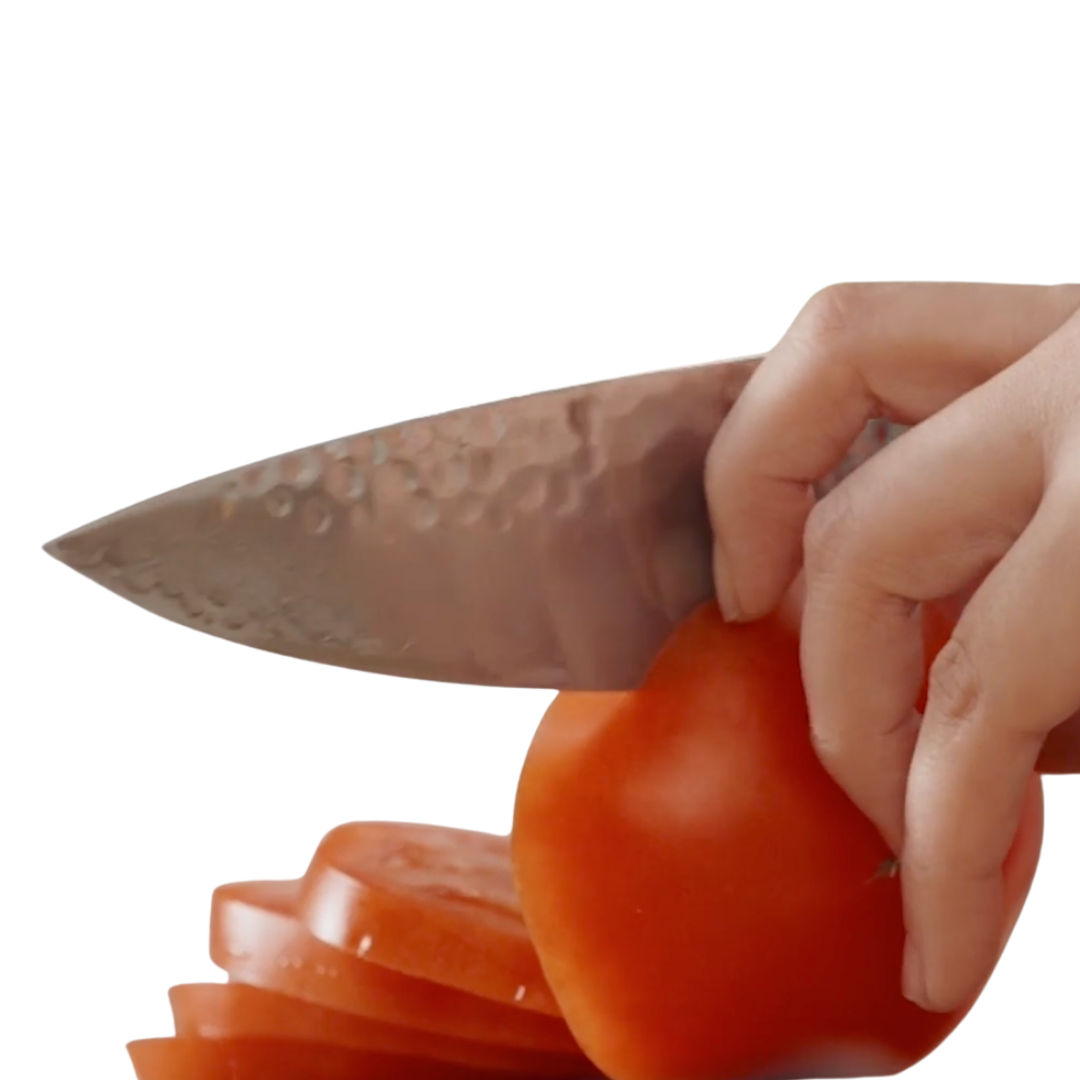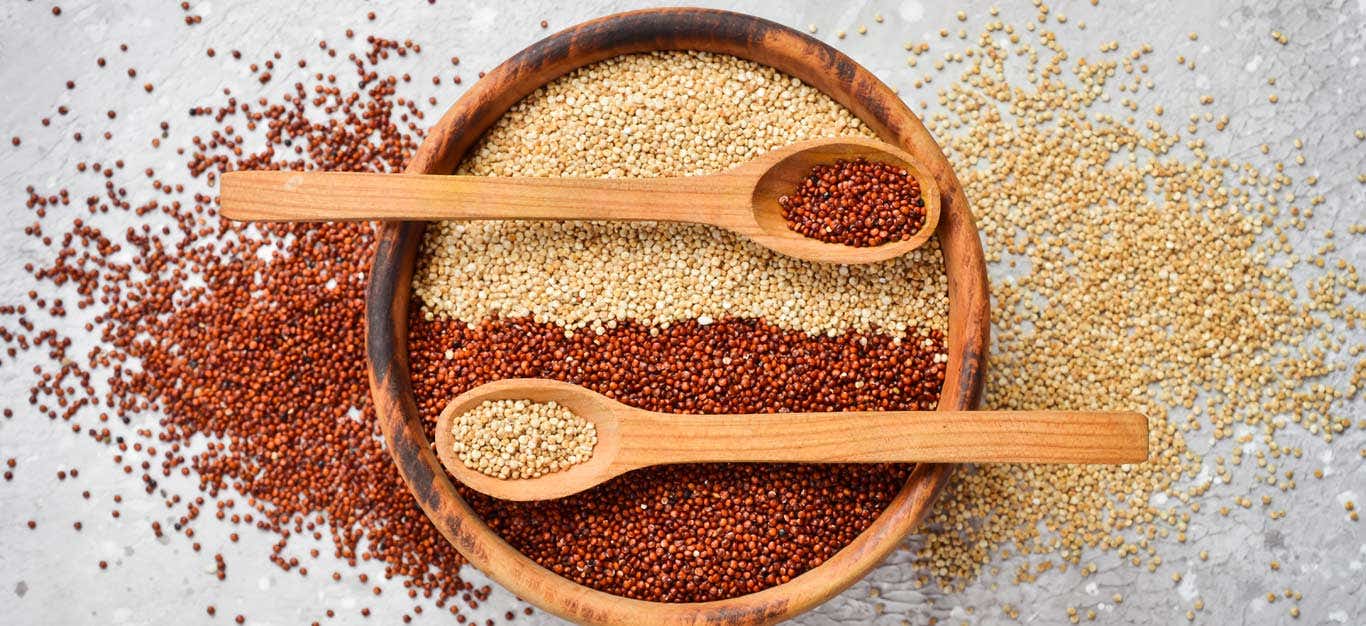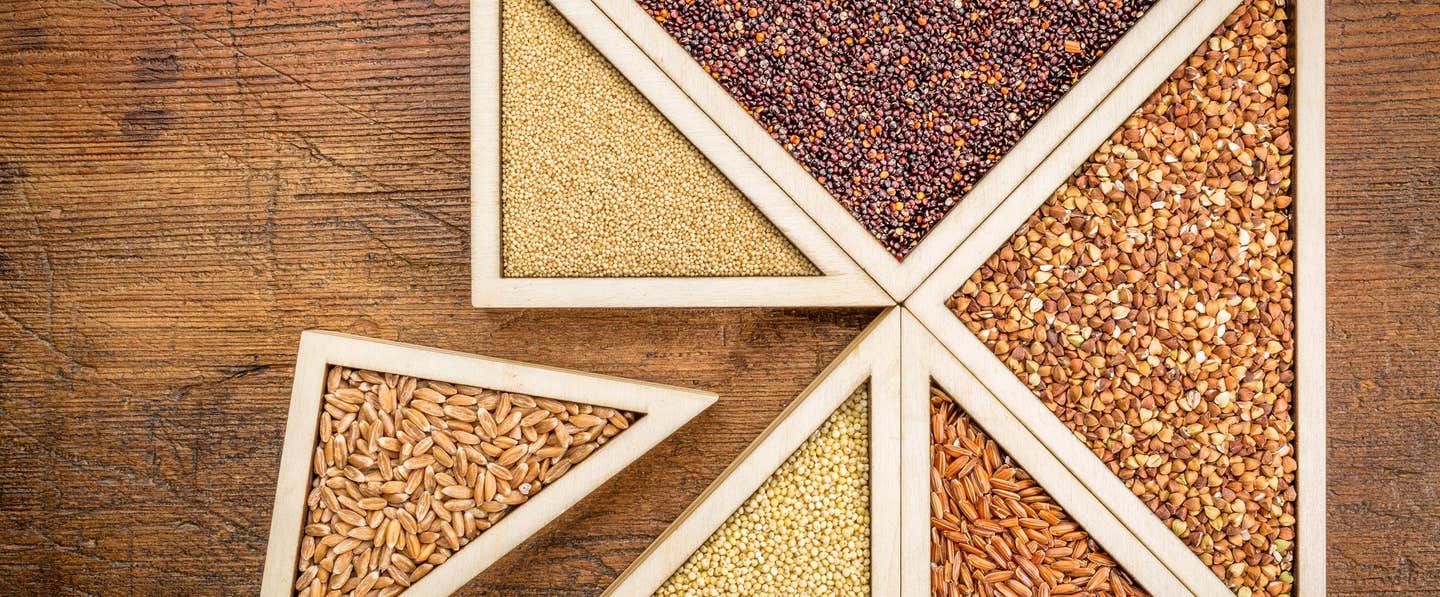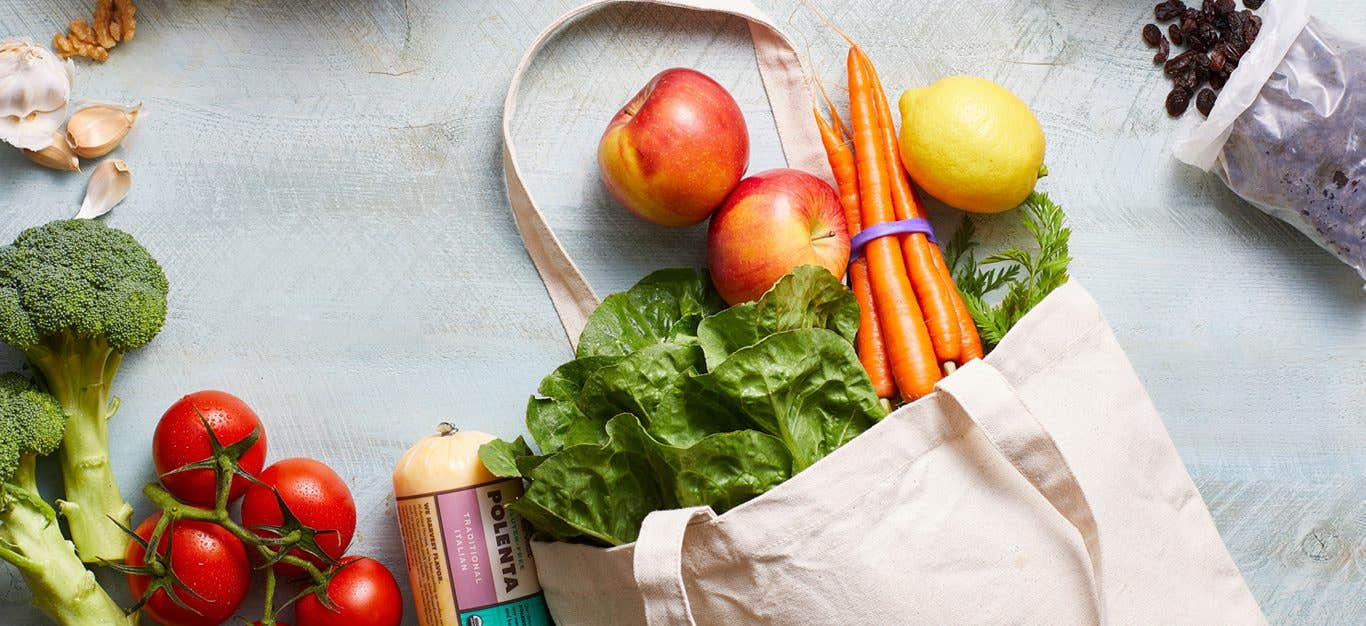Brown rice has been a staple food in diets worldwide for over 5,000 years—and for good reason. The whole grain is packed with nutrients and has a nutty flavor that pairs well with virtually any dish. However, brown rice is also notorious for being difficult to cook well. If you’re new to brown rice, this guide will give you everything you need to know. Whether you prefer using a pot on the stove, rice cooker, or pressure cooker, just follow these simple tips and you'll have perfect brown rice every time.
In This Article, We'll Explore:
What Is Brown Rice?
Brown rice is a whole grain, which means it contains all parts of the grain—including the fibrous bran, the nutritious germ, and the carb-rich endosperm. The bran coating gives brown rice its name and color plus its nutty taste and chewy texture.
Types of Brown Rice
Every variety of rice can be available as brown rice, but the three most common types are short-, medium-, and long-grain.
Long-Grain
Long-grain brown rice is elongated and thin, light and fluffy when cooked. The most common varieties are basmati and jasmine brown rice.
Short-Grain
Short-grain rice is round, small and has a higher starch content, so it’s denser and stickier when cooked. Arborio rice and sushi rice are two good examples. It is popular in Asia and is often eaten as a side dish or used in sushi.
Medium-Grain
Medium-grain brown rice is somewhat larger than short-grain and plumper than long-grain, and it becomes soft and tender when cooked.
Health Benefits
Brown rice is packed with natural whole-grain nutrients that provide a wide range of health benefits. Brown rice is rich in protein, potassium, B vitamins, magnesium, zinc, iron, selenium, and manganese, and has three times more fiber than white rice.
Multiple studies indicate that regularly consuming whole grains such as brown rice can reduce the risk of cardiovascular disease and significantly lower the risk of Type 2 diabetes. It has been associated with improved digestive health and may aid in weight loss.
Brown rice is naturally gluten-free, making it a great option for those with wheat sensitivity, celiac disease, or gluten intolerance.
Brown vs. White Rice
In the simplest terms, brown rice is white rice, just less processed.
They both begin as the same whole grains, made up of four parts: the inedible outer husk; the bran layer; the germ layer; and the tender endosperm at the core.
Brown rice has only had the inedible outer husk removed, so it is considered a whole grain. To convert it into white rice, the bran, and germ are removed, leaving the white oblong kernel or endosperm. This process increases white rice’s shelf life, but because the bran and germ are the most nutritious parts of the grain, it removes much of its nutrition, including fiber, vitamins, and minerals.
How to Cook Perfect Brown Rice Every Time
Cooking brown rice can be tricky, but with these chef-recommended tips for foolproof brown rice preparation, you’ll never make a mess of it again.
Should You Rinse Brown Rice?
While the standard advice when it comes to white rice is to rinse it a few times to remove the starch left over from processing, opinions are mixed when it comes to brown rice. Some people believe that brown rice should be rinsed to remove any impurities or dust that may be on the grain.
Others prefer to skip rinsing, to avoid washing away any of the nutrients that are naturally present in the grain.
For Chef Dan Marek, director of plant-based culinary and development for Rouxbe cooking courses, the decision to rinse his grains usually boils down to the variety. When using brown basmati or jasmine rice, he says rinsing is key to getting light and fluffy results. But this step is less important when cooking a shorter-grain brown rice for things like sushi or sticky rice.
There's no right or wrong answer here; it's simply a matter of personal preference. However, if you do choose to rinse your brown rice, be sure to let it drain completely before cooking.
Cooking Time and Water Ratio for Brown Rice
The correct cook time and water ratio for brown rice depends on the cooking method that you’re using. Properly cooked rice should have a slightly chewy consistency. Overcooked rice will be mushy; undercooked, it will be hard and crunchy.
| Method | Rice | Water | Cook Time | Yield |
| Stovetop | 1 cup | 2½ cups | 50 minutes | 3½ cups |
| Rice Cooker | 1 cup | 2 cups | 50 minutes | 3½ cups |
| Instant Pot | 1 cup | 1 cup | 30 minutes | 3½ cups |
How to Cut Down on Cooking Time
To cut the cooking time in half, presoak the rice before cooking it. Using 2 cups water for every 1 cup of rice, place rice and water in a large bowl. Let soak 90 minutes.
If you’re short on time, Marek notes that even soaking the rice for just 15 minutes “helps [the cooking] process go quicker and it also begins to remove the excess starches from the grain,” he says. “After [soaking], I rinse the rice until the water runs clear.” This helps wash away any excess starches that can cause the rice to clump together as it cooks, he adds.
If you do choose to presoak your rice, you’ll want to use slightly less cooking water. “I find that using 1 cup of rice to 1¾ cups water or stock really helps keep the grains individualized and separate,” Marek says.
Methods for Cooking Brown Rice
There are many different ways to cook brown rice, and each method will yield slightly different but equally delicious rice results. Here are a few different methods you can use at home.
Stovetop: 40–55 Minutes
The stovetop is a popular option for cooking brown rice. Use a heavy-bottomed saucepan with a tight-fitting lid.
- Bring 2½ cups water to boiling in a medium saucepan set over medium-high heat.
- Optional: Rinse 1 cup of brown rice in a mesh strainer under cold water. Let drain.
- Once the water reaches boiling, add rice to the pot; return to boiling. Cover the pot with a tight-fitting lid. Reduce heat and simmer, covered, for 30 to 45 minutes or until all liquid is absorbed.
- Remove from heat. Fluff rice with a fork. Re-cover the pot for 10 minutes. If any liquid remains when the rice is done, drain it off using a strainer.
Rice Cooker: 1 Hour
Rice cookers offer an easy, convenient way to cook brown rice.
- Optional: Rinse 1 cup brown rice in a mesh strainer under cold water. Let drain.
- Transfer rice to rice cooker. Add 2 cups water for every 1 cup brown rice.
- Cook 50 minutes or until rice is fluffy and tender.
- Let stand for another 10 minutes before serving.
INSTANT POT: 30 MINUTES
One of the easiest ways to cook foolproof brown rice is in the Instant Pot.
- Optional: Rinse 1 cup brown rice in a mesh strainer under cold water. Let drain.
- Transfer to an Instant Pot. Add 1 cup water.
- Cook at high pressure for 20 minutes, followed by a 10-minute natural release of pressure.
- Fluff rice with a fork.
More Tips
No matter how skilled you are in the kitchen, one false step can make a good pot of brown rice go wrong. Here are some problems you may encounter while cooking brown rice, and how to solve them.
What If My Rice Sticks to the Bottom of the Pot?
Rice can stick to the bottom of the pan if the heat was too high, there wasn’t enough liquid, or both. If the remaining rice is edible, remove it without disturbing the stuck rice. Then fill the pot with water and let it soak for a while so you can scrub out the stuck rice.
What If My Rice Turns Out Too Wet or Too Dry?
If your rice is too wet, simply drain the excess water and continue cooking the rice until all the water has evaporated. Let the rice sit for a few minutes after cooking before fluffing with a fork and serving. This allows the grains to settle and any excess moisture to evaporate.
If it's too dry, add a little bit of water and continue cooking until the rice is tender.
What Can I Add to My Rice for Flavor?
Try adding some veggie broth, spices, or herbs like bay leaves, rosemary or thyme sprigs to the water in the pot before bringing it to boiling, or stir in some veggies or spices after cooking. Get creative and experiment until you find your perfect flavor combination!
MORE BROWN RICE RECIPES
Try brown rice in one of these healthy plant-based recipes from Forks Over Knives.
Related News
Get Our Best Price On The Forks Meal Planner

Forks Meal Planner takes the guess work out of making nutritious meals the whole family will enjoy.
Master Plant-Based Cooking!

Our new course features over 100 lessons, 50+ recipes, downloadable guides, and more!




